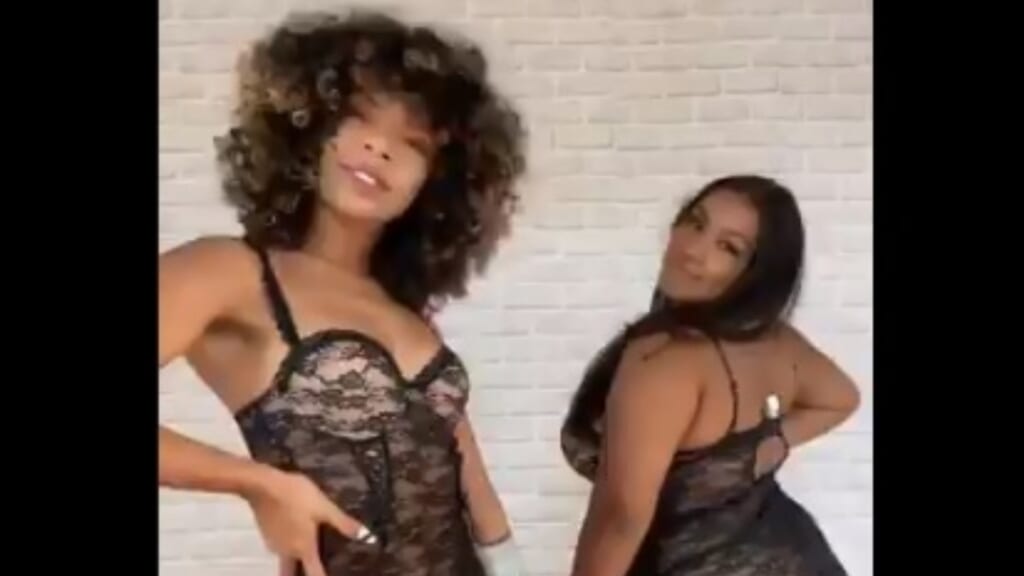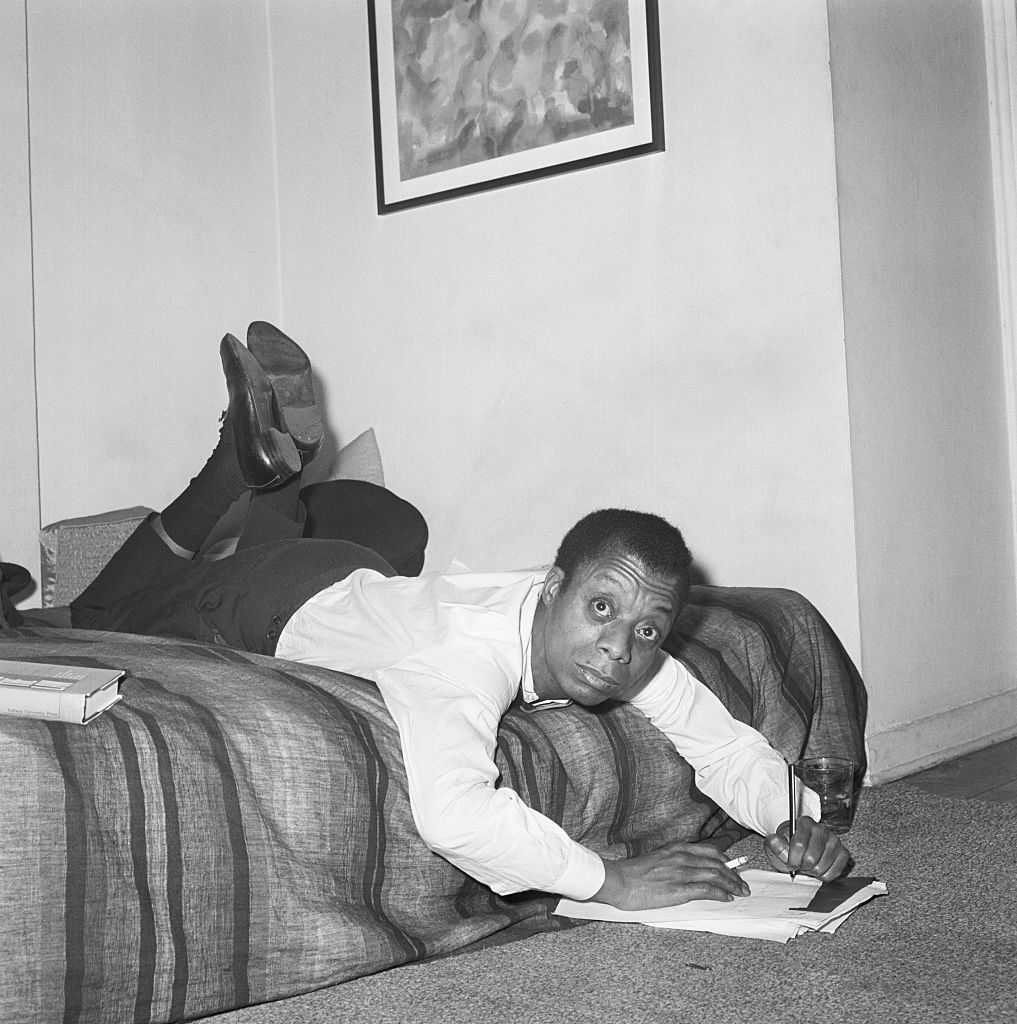
Source: Bettmann / Getty
UPDATED 6:40 a.m. ET, Aug. 2, 2022 —
The greatness of James Baldwin could never be understated and his relevance is arguably greater in 2022 than it ever has been as the country confronts issues he drew attention to decades ago. It was through that documentation in the form of his literary gifts to the world along with speeches and interviews that Baldwin’s brilliance was immortalized with the sage wisdom that gave way to a number of quotes attributed to him that have withstood the test of time.
This year the the late novelist, essayist and playwright, who stands out as one of America’s most-treasured wordsmiths would have turned 98-years-old. Baldwin’s notable bold ruminations on race, sexuality and other subjects were once considered too controversial for the time of his creative peak.
As a homosexual man, some of Baldwin’s work focused on not only the complexities of the role of Blacks in America but also that of gay men who faced atrocious criticism and prejudice during his climb into the literary ranks.
Baldwin and his mother, Emma, moved to Harlem, leaving behind his father who struggled with drug abuse. She would marry preacher David Baldwin and the family lived under harsh conditions. Baldwin’s stepfather was said to be abusive to both him and his siblings, and when he died in 1943 while James was a teen, Harlem rioted on the day of his funeral – an event that shaped much of Baldwin’s writing style.
An avid reader, Baldwin worked as an editor for his high school’s magazine, continuing his studies at the New School University. Forever intellectually curious, Baldwin would challenge societal norms and even his own involvement in the Christian church. Baldwin would denounce much of what he learned during his time viewing his stepfather in the pulpit, although he never declared himself an atheist. Much of Baldwin’s criticism of the church stemmed from its use by slave owners to oppress Blacks. He would, however, say that religion also had the power to liberate the oppressed as well.
Baldwin left New York in 1948, becoming an expatriate and finding his voice in Paris. Baldwin found acceptance overseas as he struggled to come to terms with his sexuality. In Paris, he thrived and was published in several literary anthologies, joining fellow writer Richard Wright as an essayist during his earlier stays in Europe.
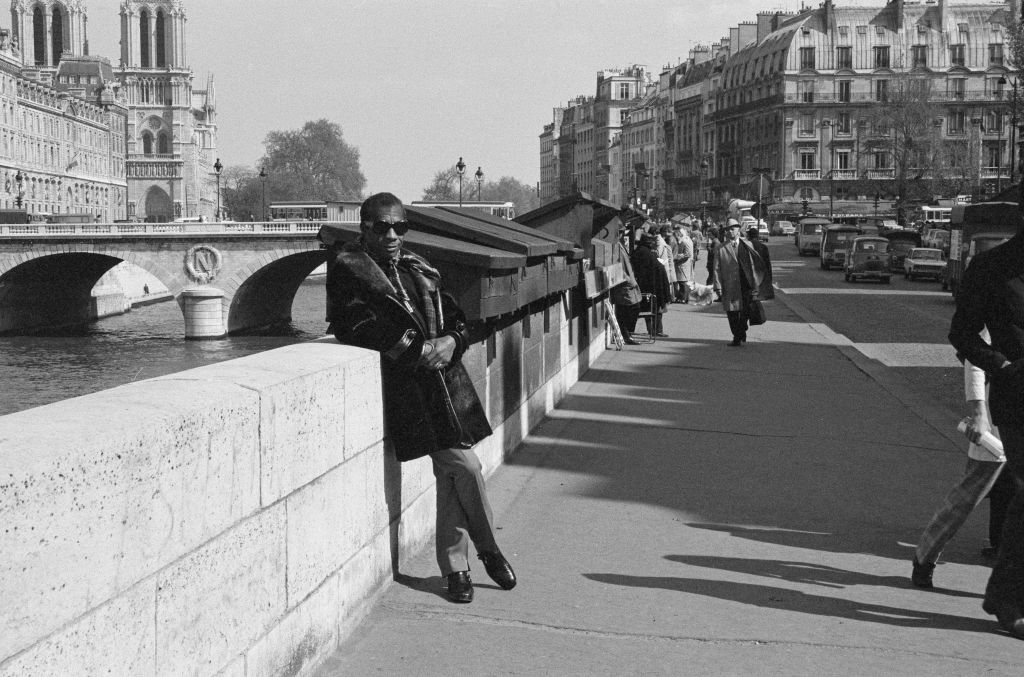
Source: Sophie Bassouls / Getty
Baldwin’s most celebrated novel was his 1953 debut, “Go Tell It On the Mountain,” a semi-autobiographical novel set in 1930s Harlem. The book takes a close look at the role of the church in the lives of Black Americans, once again examining the duality of the lens that Baldwin viewed Christianity. The novel has remained a favorite among readers and has achieved iconic status.
Baldwin’s second novel, “Giovanni’s Room,” sparked controversy and criticism for its homoerotic themes and the fact that Baldwin made White characters the centerpiece of the book. His 1955 collection of essays “Notes Of A Native Son” still resonate strongly to this day.
The Civil Rights Movement was another passion of Baldwin’s during the turbulent 1960s. Baldwin would align himself with the movement via lengthy essays done in his usual forward style. His essay “Down At The Cross” would be published in The New Yorker in two large issues in 1963, which eventually led to Baldwin gracing the cover of TIME magazine that same year while he toured the South, speaking on Civil Rights issues.
Baldwin’s long essay “No Name In The Street” touched on the killings of his friends Malcolm X, Megdar Evers, and Dr. Martin Luther King Jr. Baldwin is also credited for bringing Nina Simone into the movement along with poet Langston Hughes and “Raisin In The Sun” author Lorraine Hansberry.
Baldwin died at the age of 63 from stomach cancer in France on Dec. 1, 1987. He is buried at the Ferncliff Cemetery in Westchester County, New York.
Baldwin’s legacy continues to live in a variety of ways: Author Toni Morrison edited and curated a collection of Baldwin’s writings. Additionally, Baldwin’s work is a staple in many American Literature classes in high schools and colleges. The United States Postal Service honored Baldwin in 2005 with a first-class postage stamp, which also featured a short biography revealed after the peeling of the stamp.
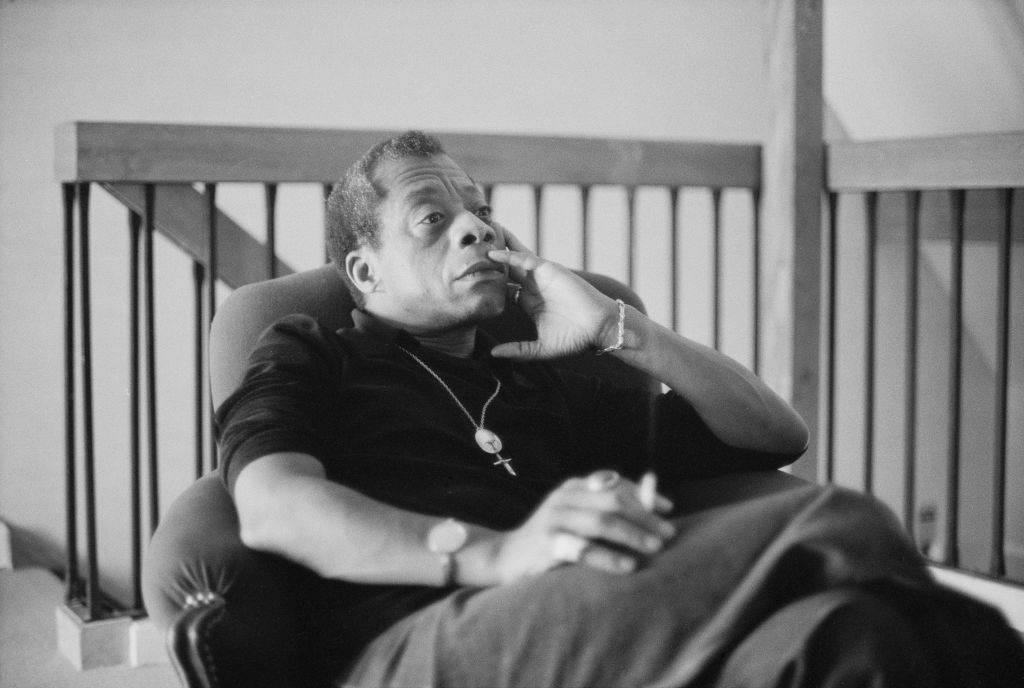
Source: Sophie Bassouls / Getty
A documentary, “I Am Not Your Negro,” hit theaters in 2017, and attempts to complete the manuscript for “Remember This House,” an unfinished story about American race relations told through the lives and murders of civil rights leaders that Baldwin was working on at the time of his death.
Considering all of the above, it was obvious Baldwin had no shortage of commentary. Scroll down to find 10 of Baldwin’s most important quotes that will change your life.
1.
“I want to suggest two propositions. The first one is, that the poets by which I mean all artists are finally the only people who know the truth about us. Soldiers don’t, statesman don’t, priests don’t, union leaders don’t. Only the poets.”
2.
This James Baldwin quote describes Trump's attacks well: “Whatever you describe to another person is also a revelation of who you are and who you think you are. You can not describe anything without betraying your point of view, your aspirations, your fears, your hopes.”
— (((DeanObeidallah))) (@DeanObeidallah) July 29, 2018
3.
“We can disagree and still love each other unless your disagreement is rooted in my oppression and denial of my humanity and right to exist.” James Baldwin #quote #quotes
— #NotMeUs #StopSwappingAir (@charleshb) July 27, 2018
4.
Love does not begin and end the way we seem to think it does. Love is a battle, love is a war; love is a growing up.
— Weddings 211 (@Weddings211) July 23, 2018
James Baldwin #quote
5.
“You have to go the way your blood beats." - James Baldwin .... happy birthday to the icon. pic.twitter.com/DuMtENSaJA
— Clay 'Critical Thinking Theory' Cane (@claycane) August 2, 2018
6.
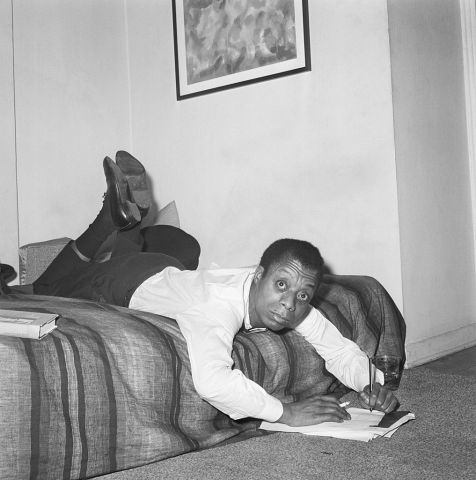 Source:Getty
Source:Getty
Not everything that is faced can be changed, but nothing can be changed until it is faced.
7.
Just began reading _The Journey of Little Charlie_ by Christopher Paul Curtis and he had me at the opening James Baldwin quote. #kidlit #currentlyreading https://t.co/Wsteh5v08a pic.twitter.com/VIwoKPFwqc
— Joshua Whiting (@jdwhiting) July 30, 2018
8.
Love takes off masks that we fear we cannot live witho... James Baldwin #ENLIVEN #bebetter #qotd #motivation #quotes pic.twitter.com/fd4cszxLmj
— Dawn Lennox Ƹ̵̡Ӝ̵̨̄Ʒ #StaySafeStayHome #BLM (@auroraaurellia) July 29, 2018
9.
“I’ve always known that I’m not a nigger. But if I am not the nigger and if it’s true that your invention reveals you, then who is the nigger?”
10.
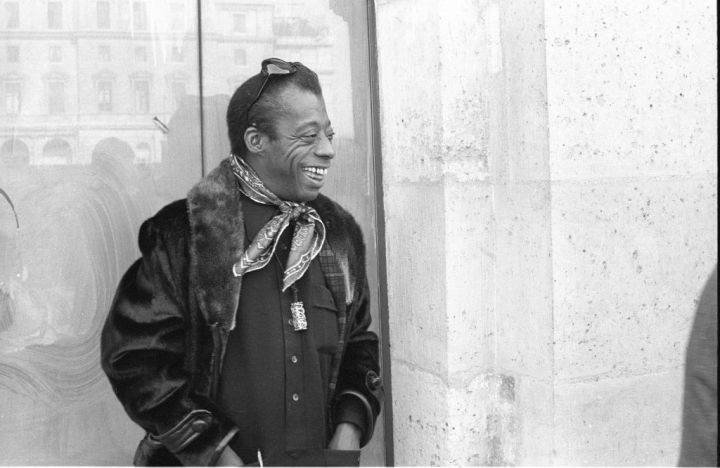 Source:Getty
Source:Getty
It is certain, in any case, that ignorance, allied with power, is the most ferocious enemy justice can have.
The post 10 Quotes From James Baldwin That Will Change Your Life appeared first on NewsOne.






